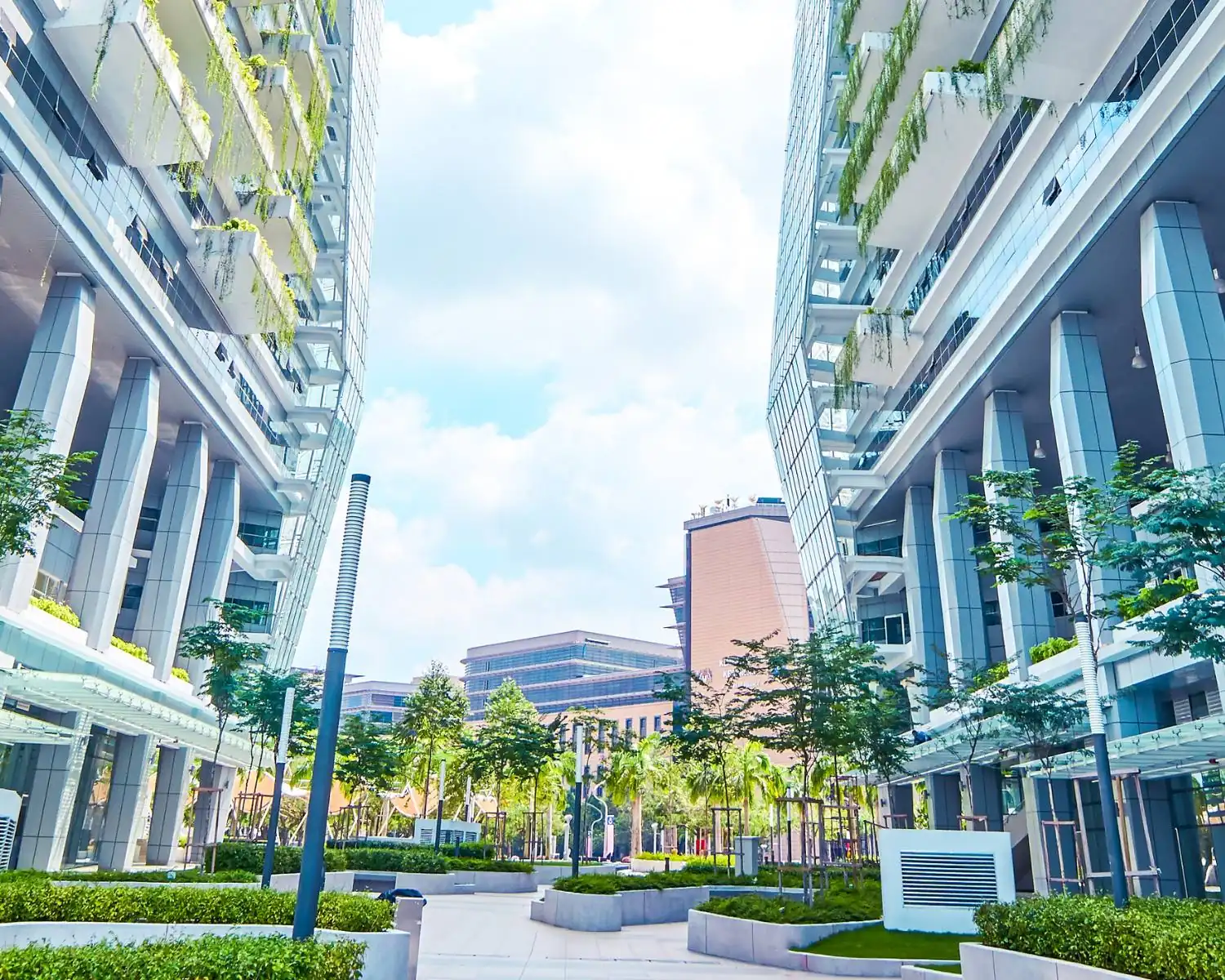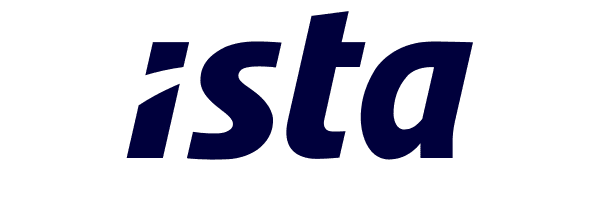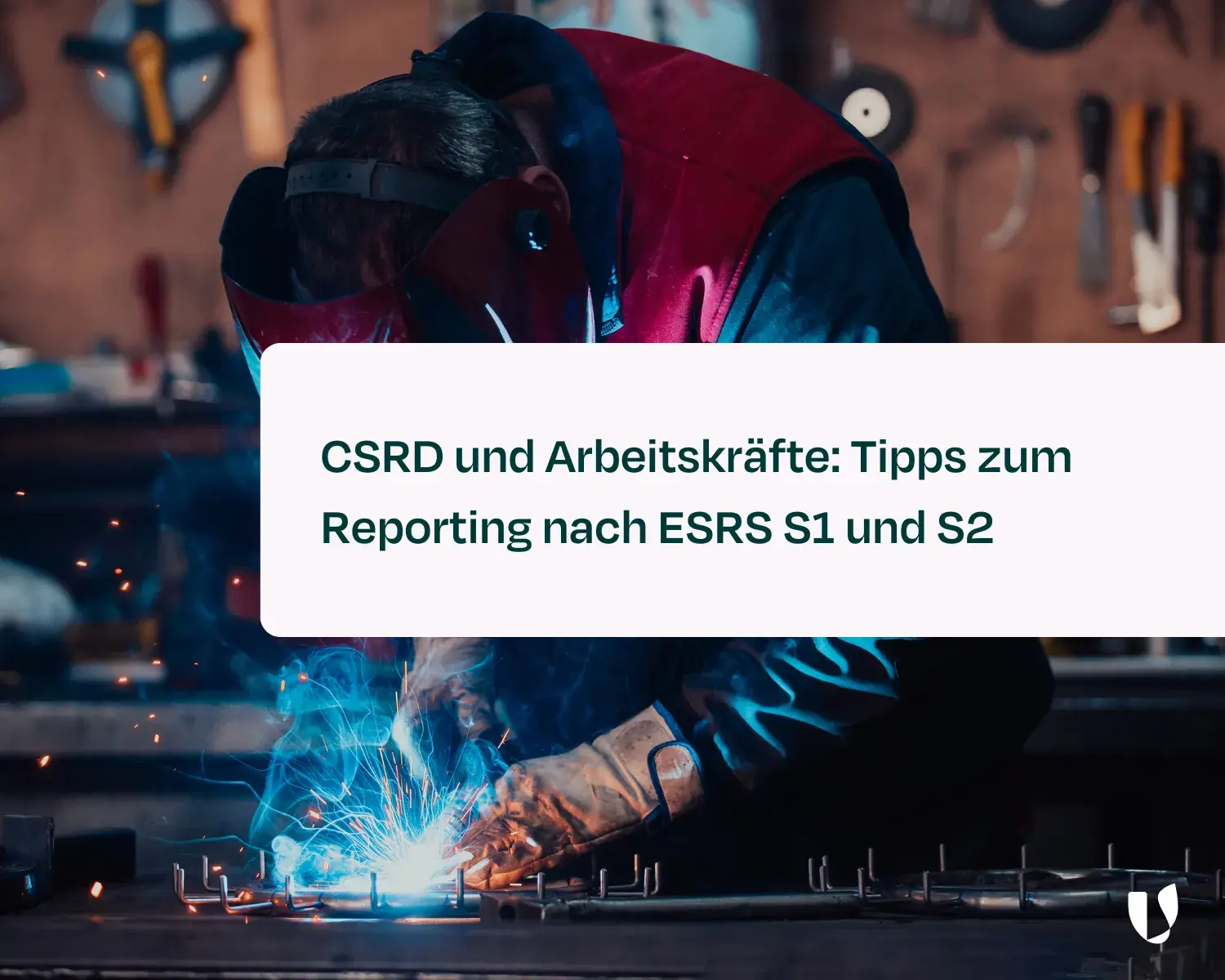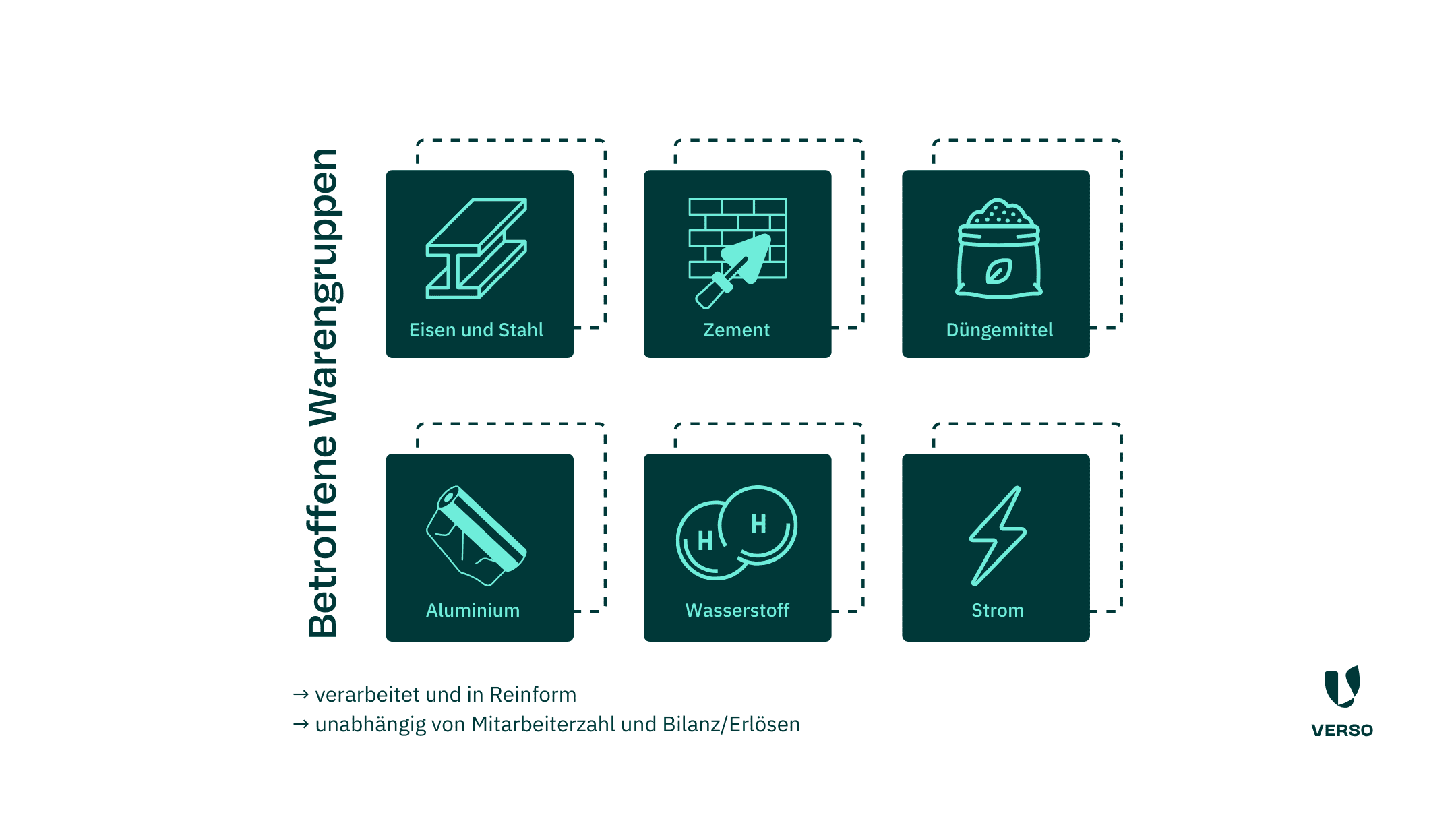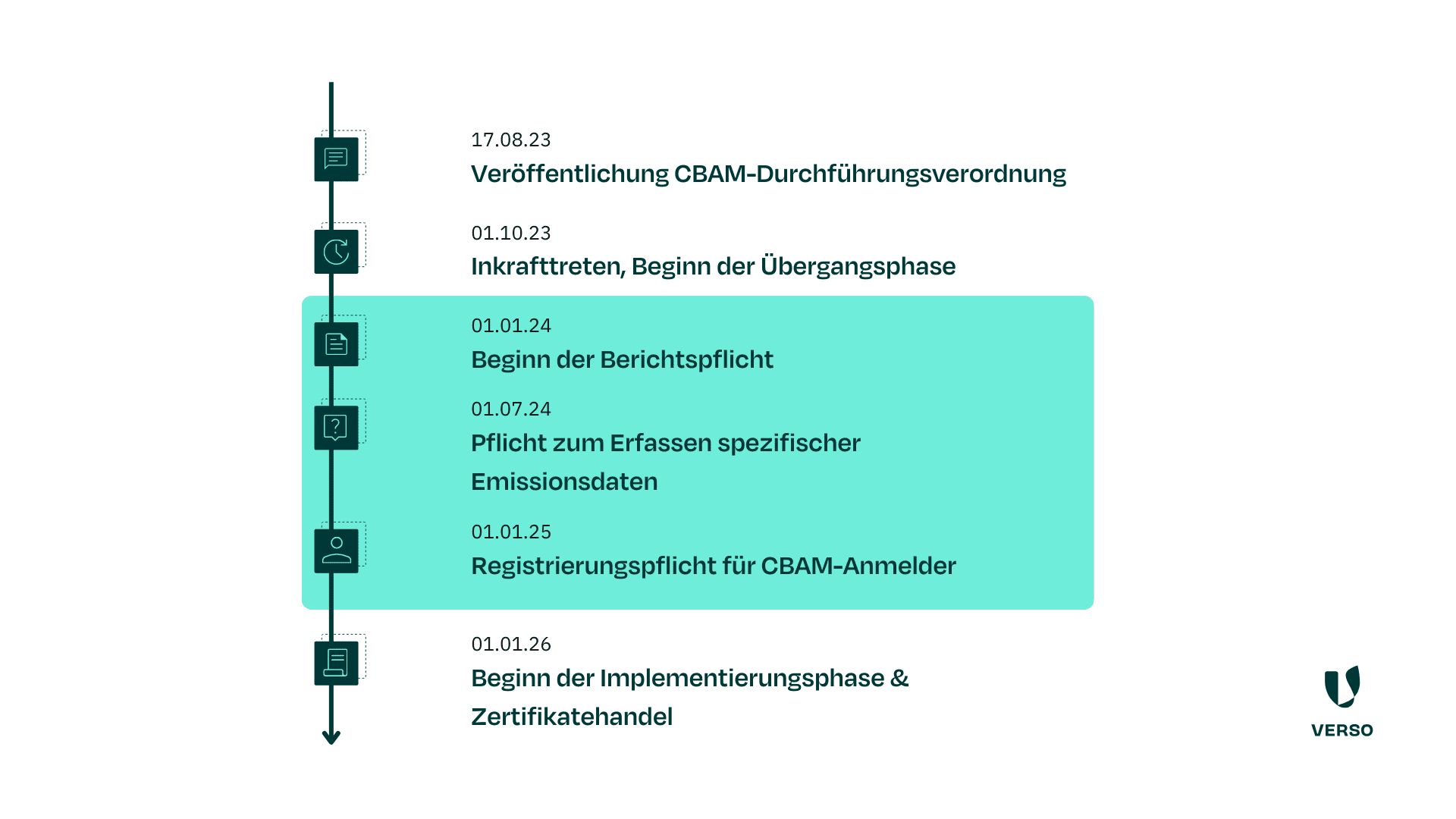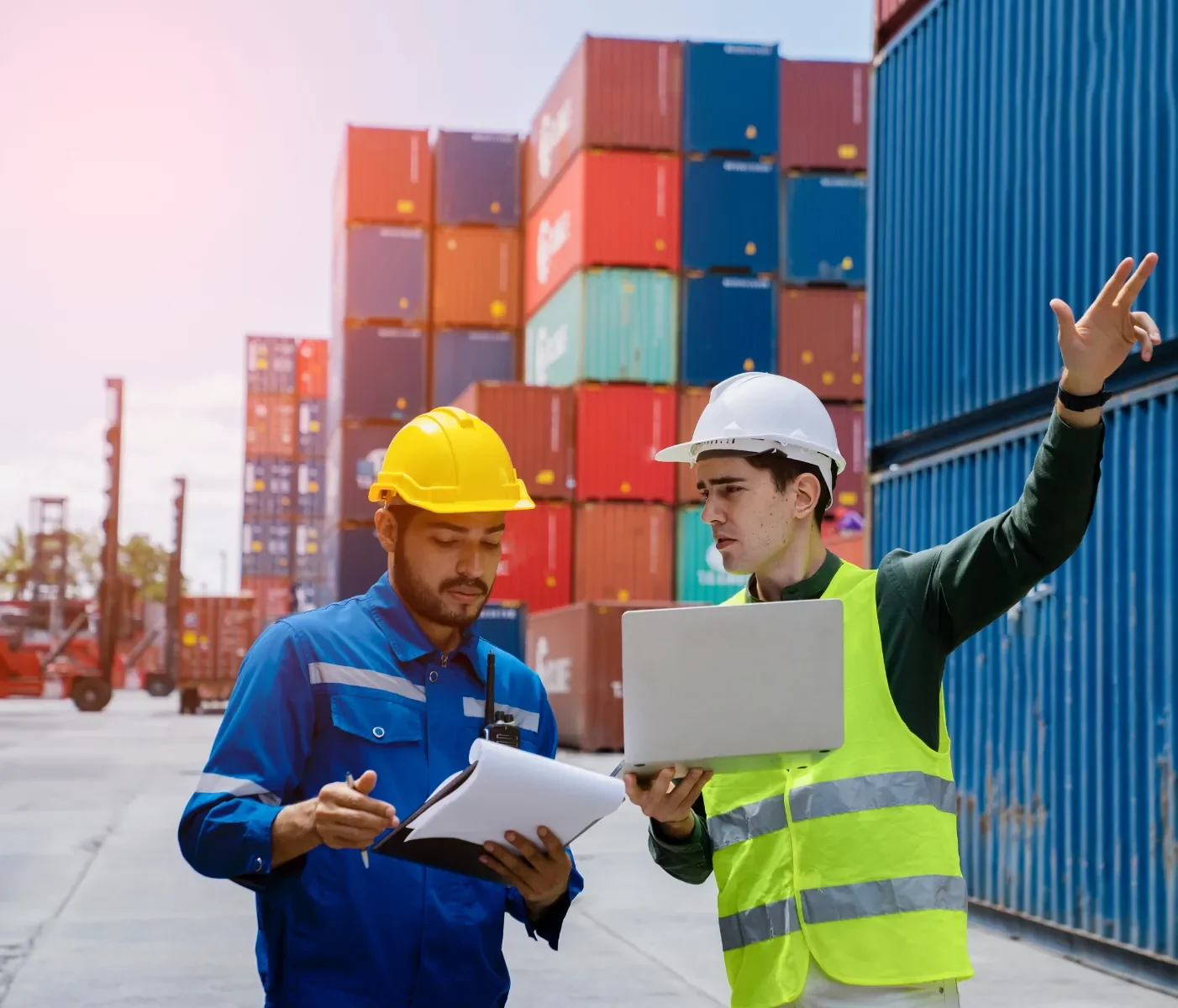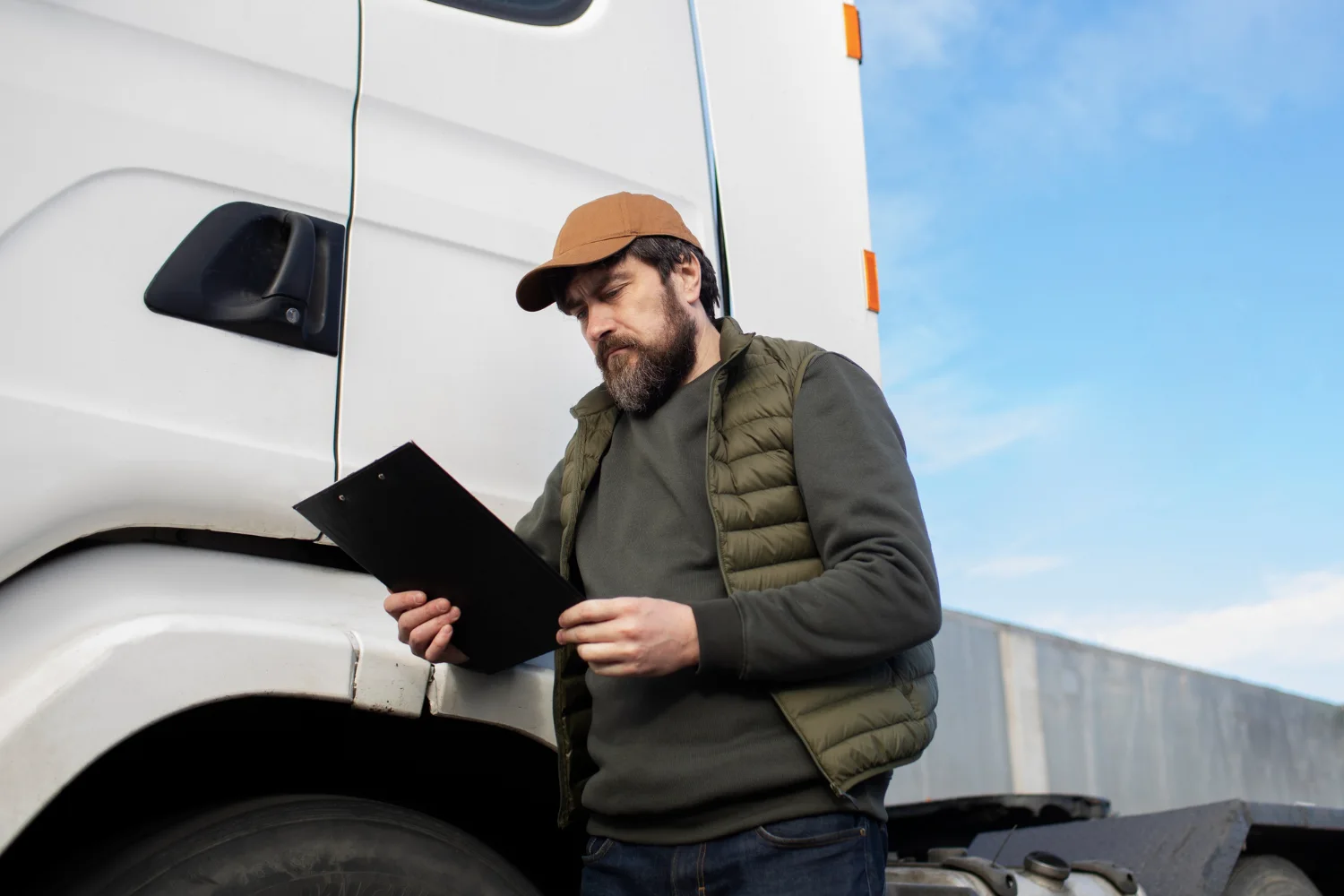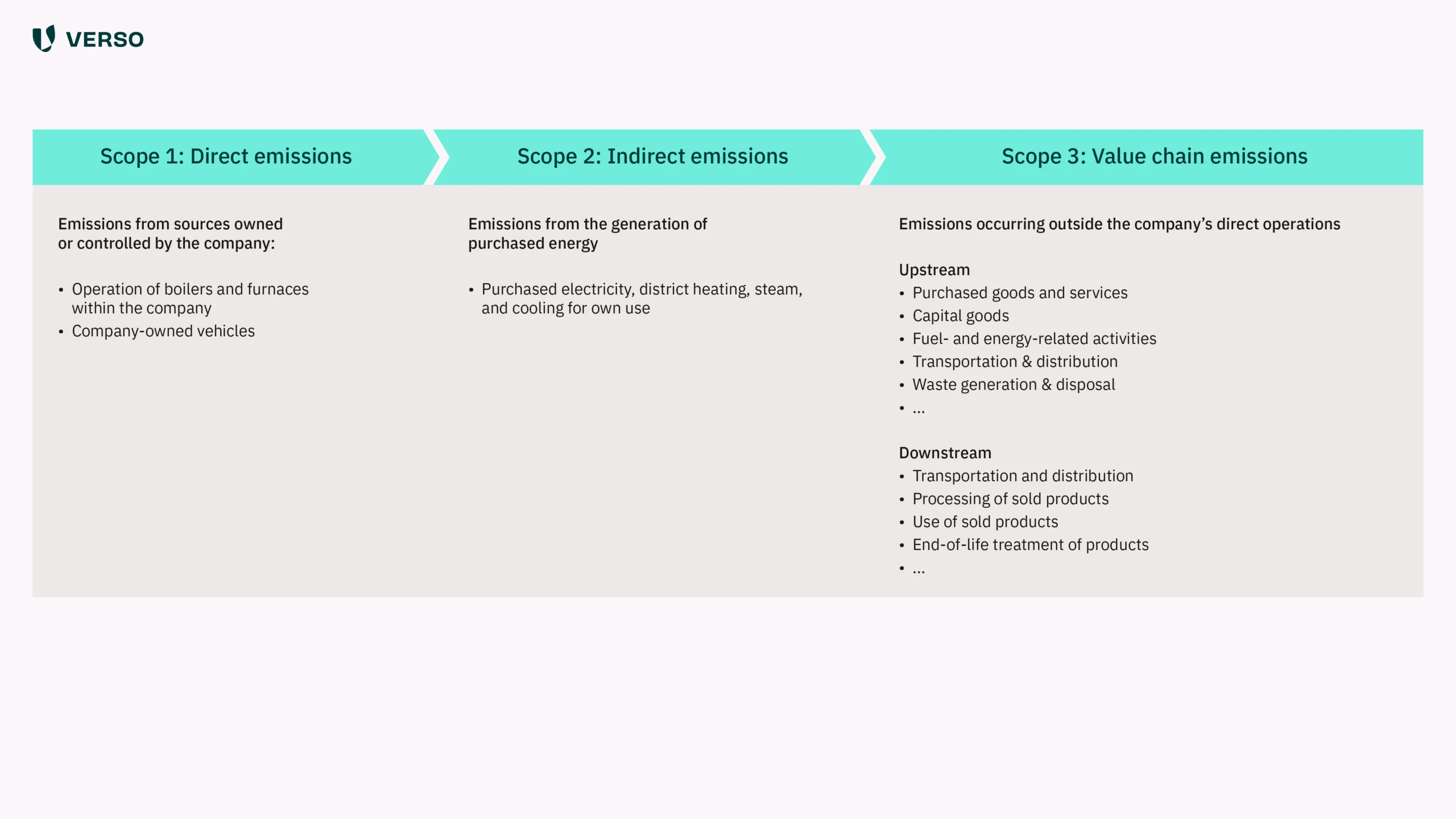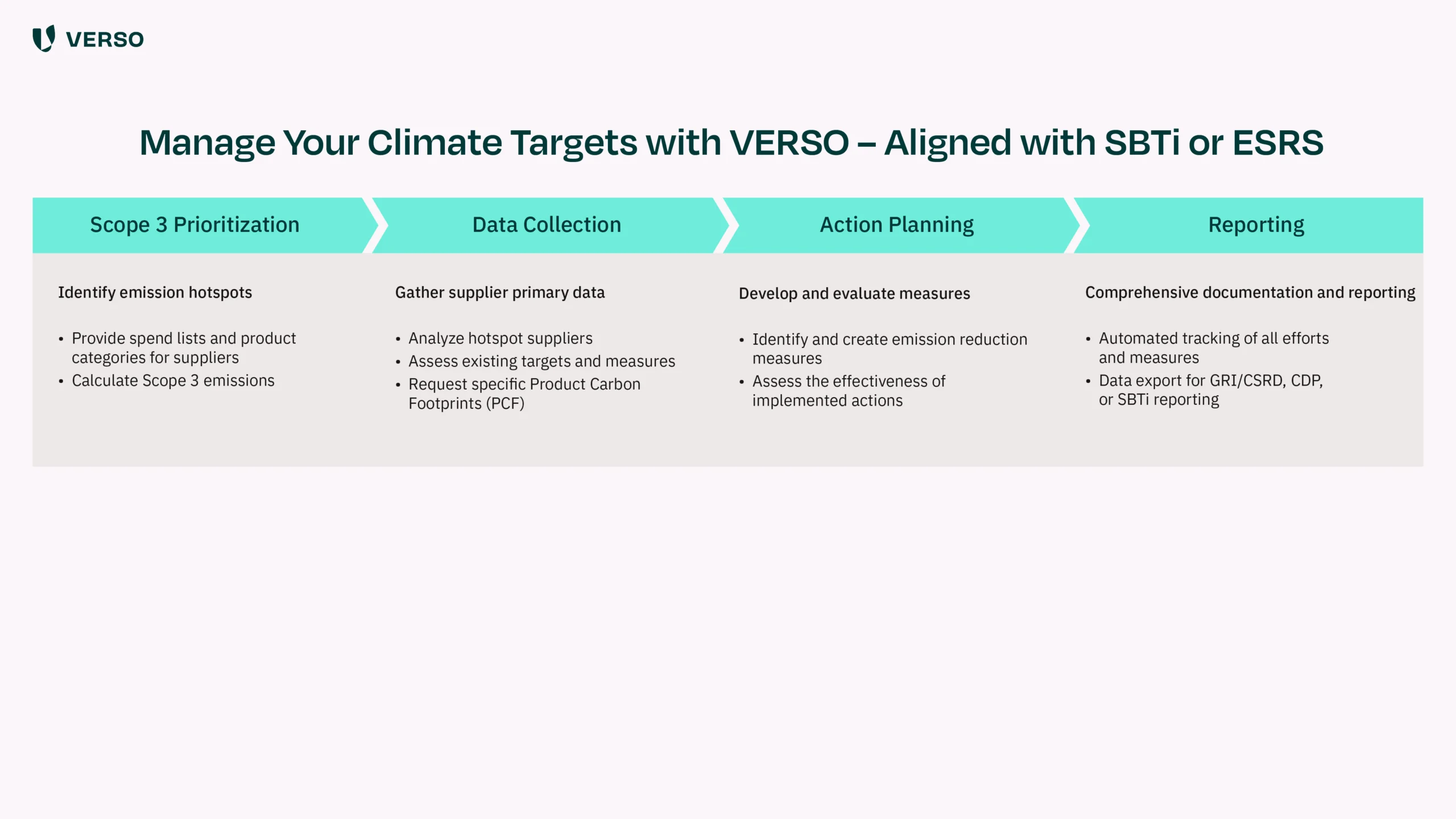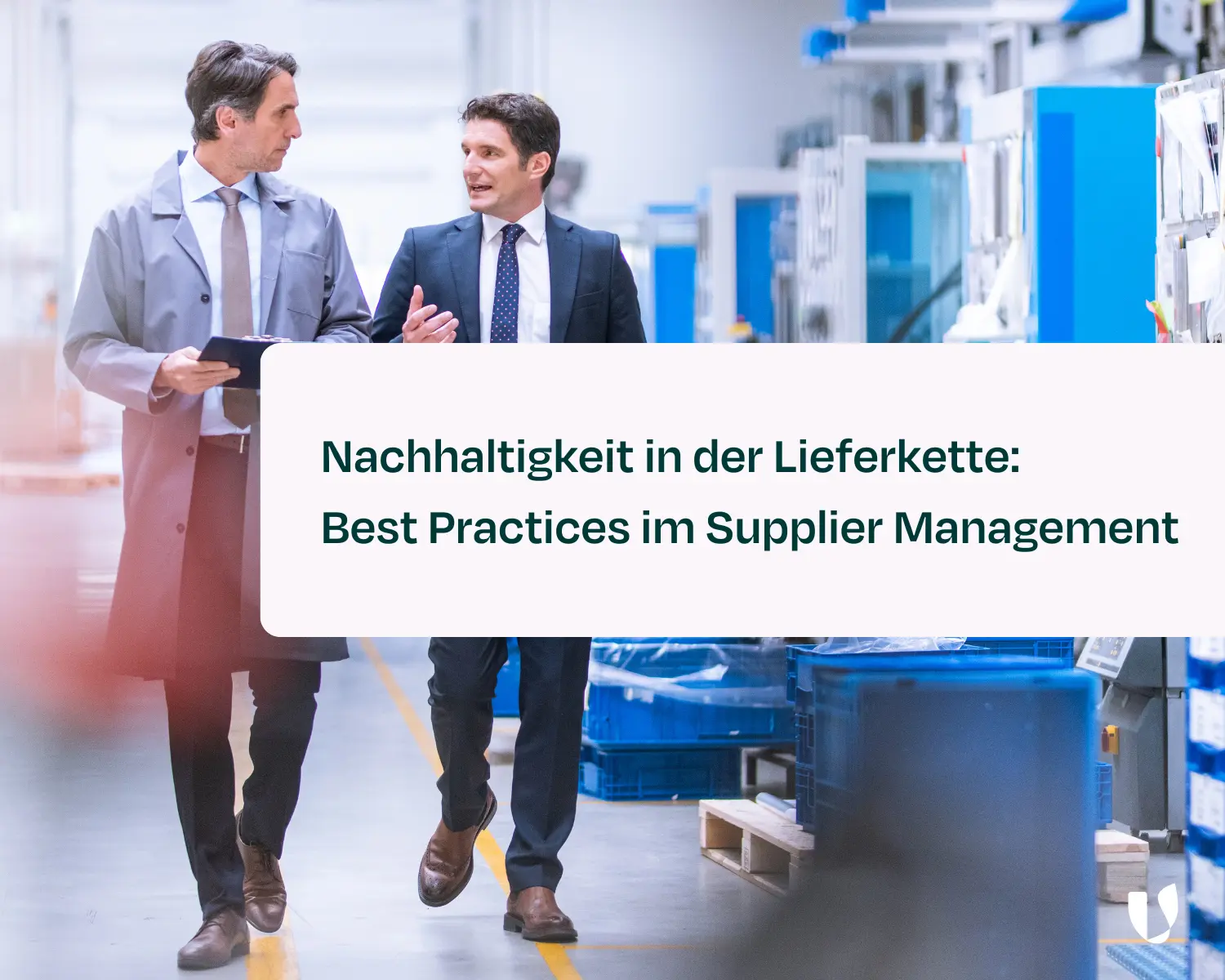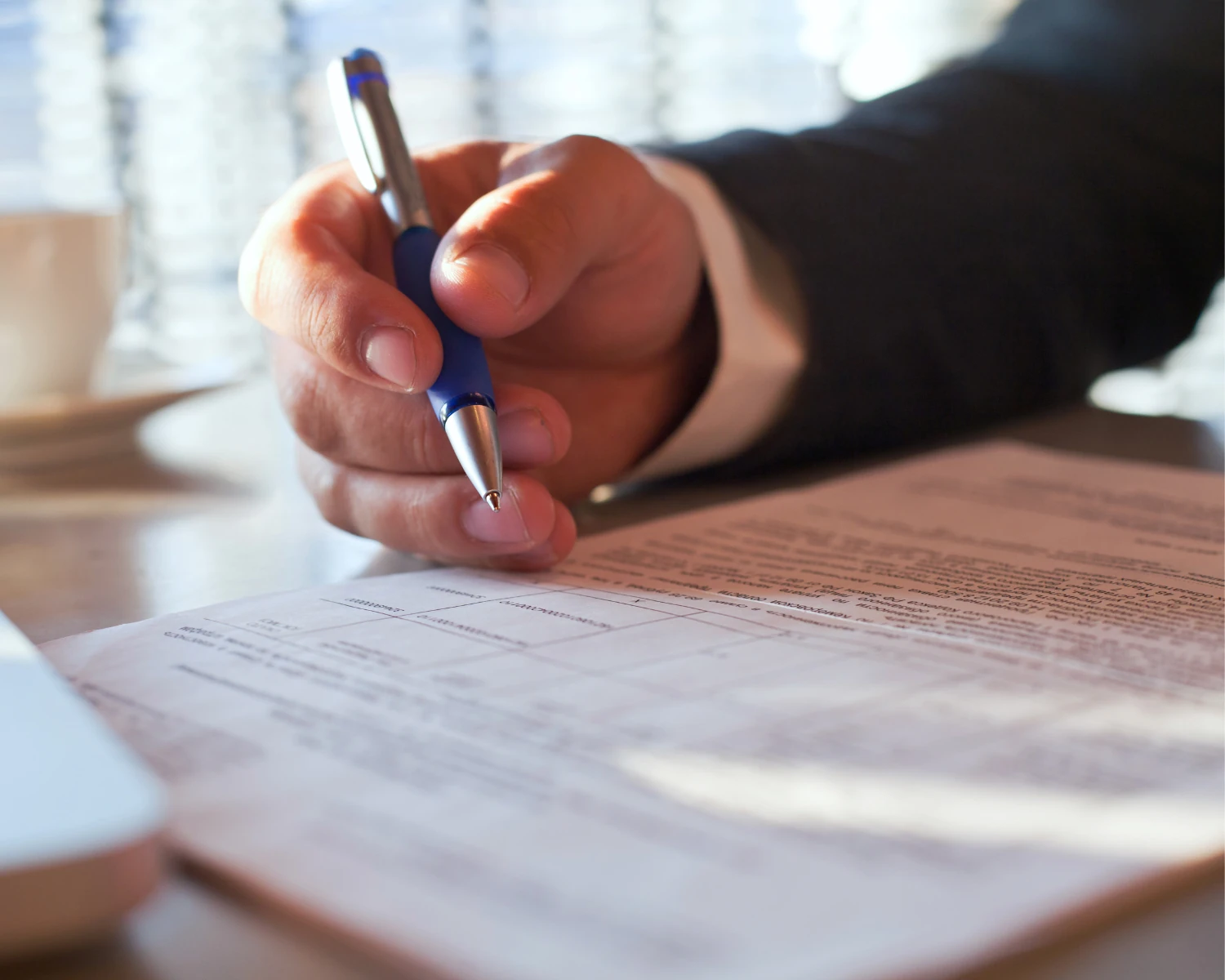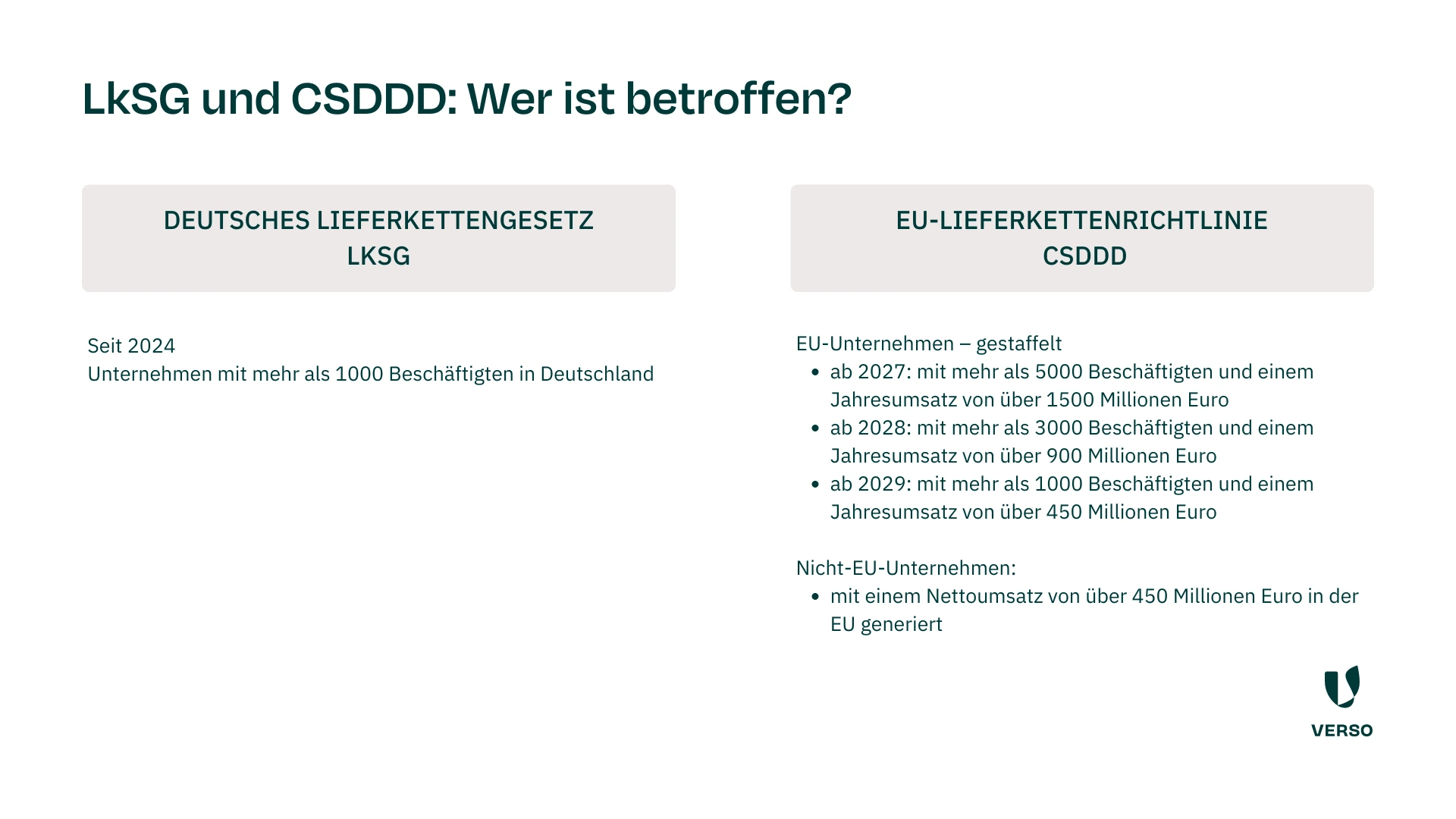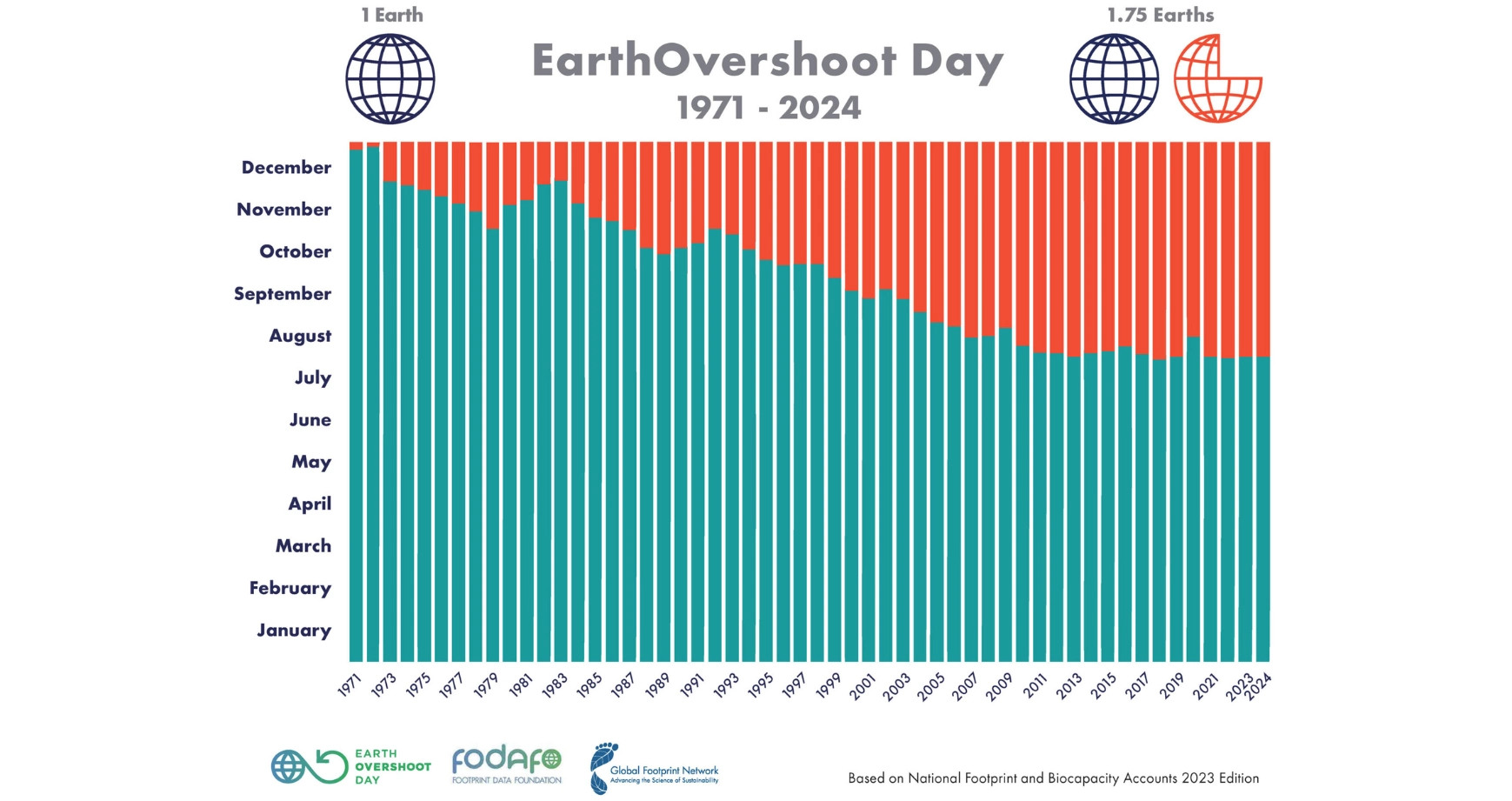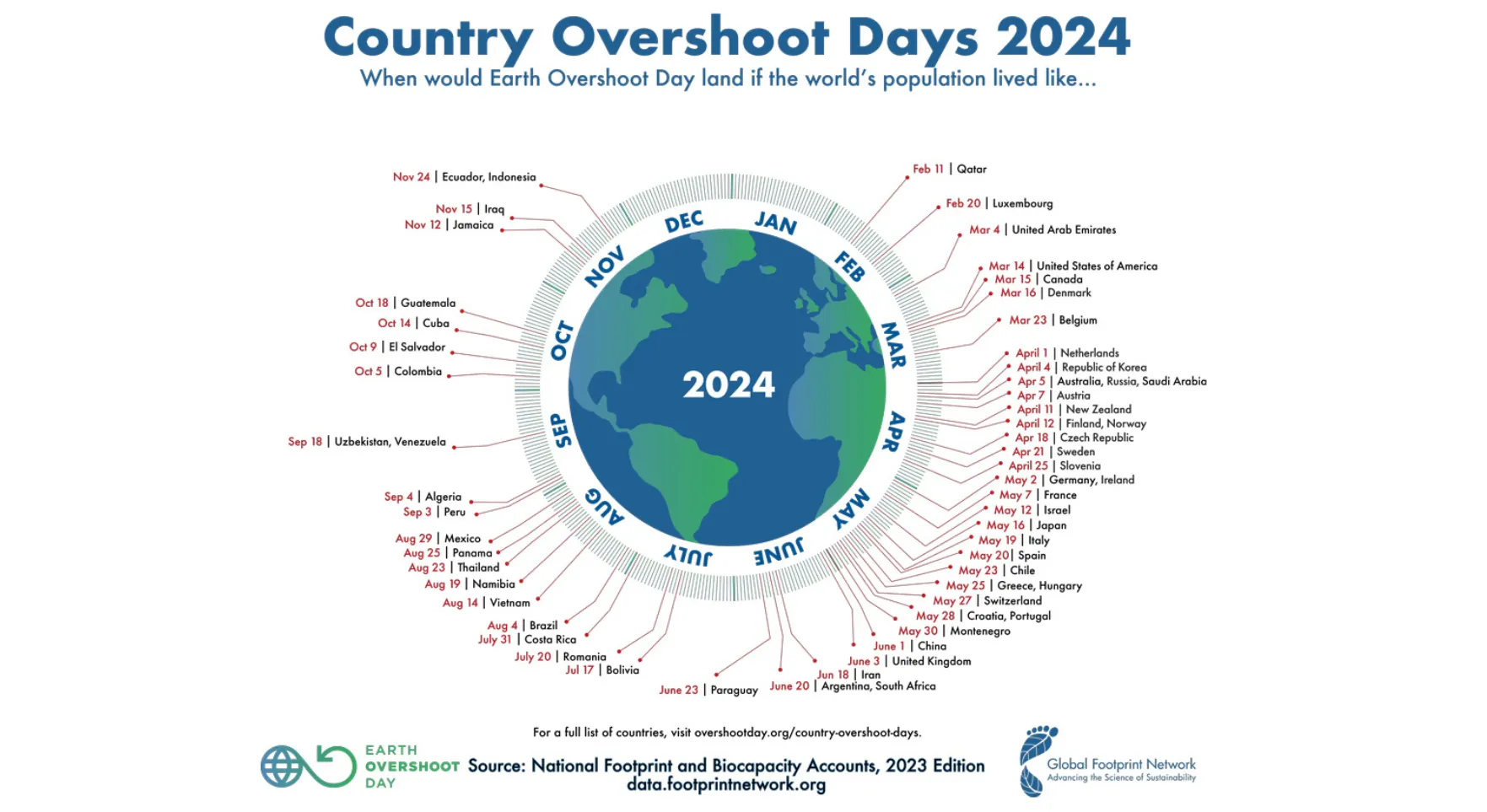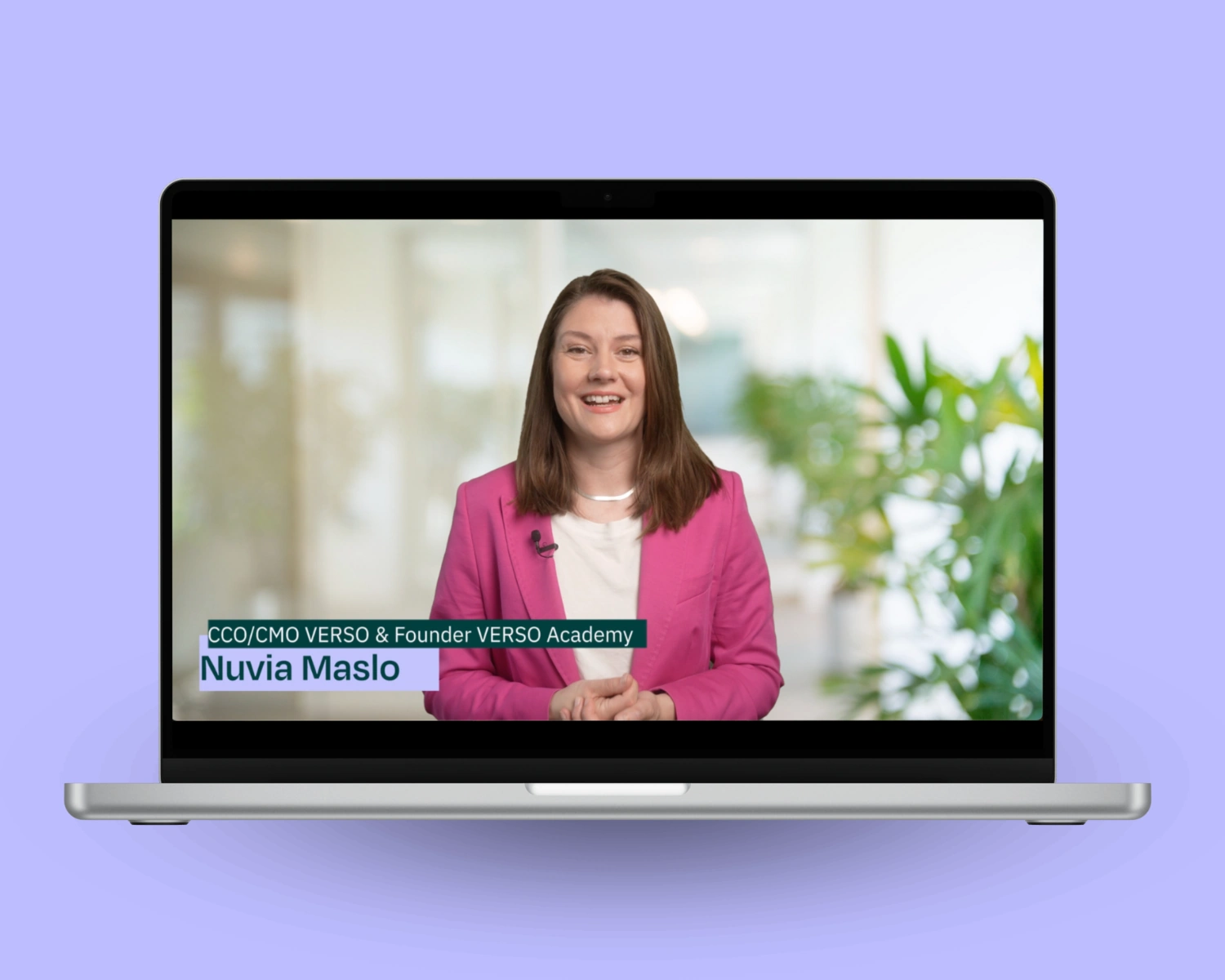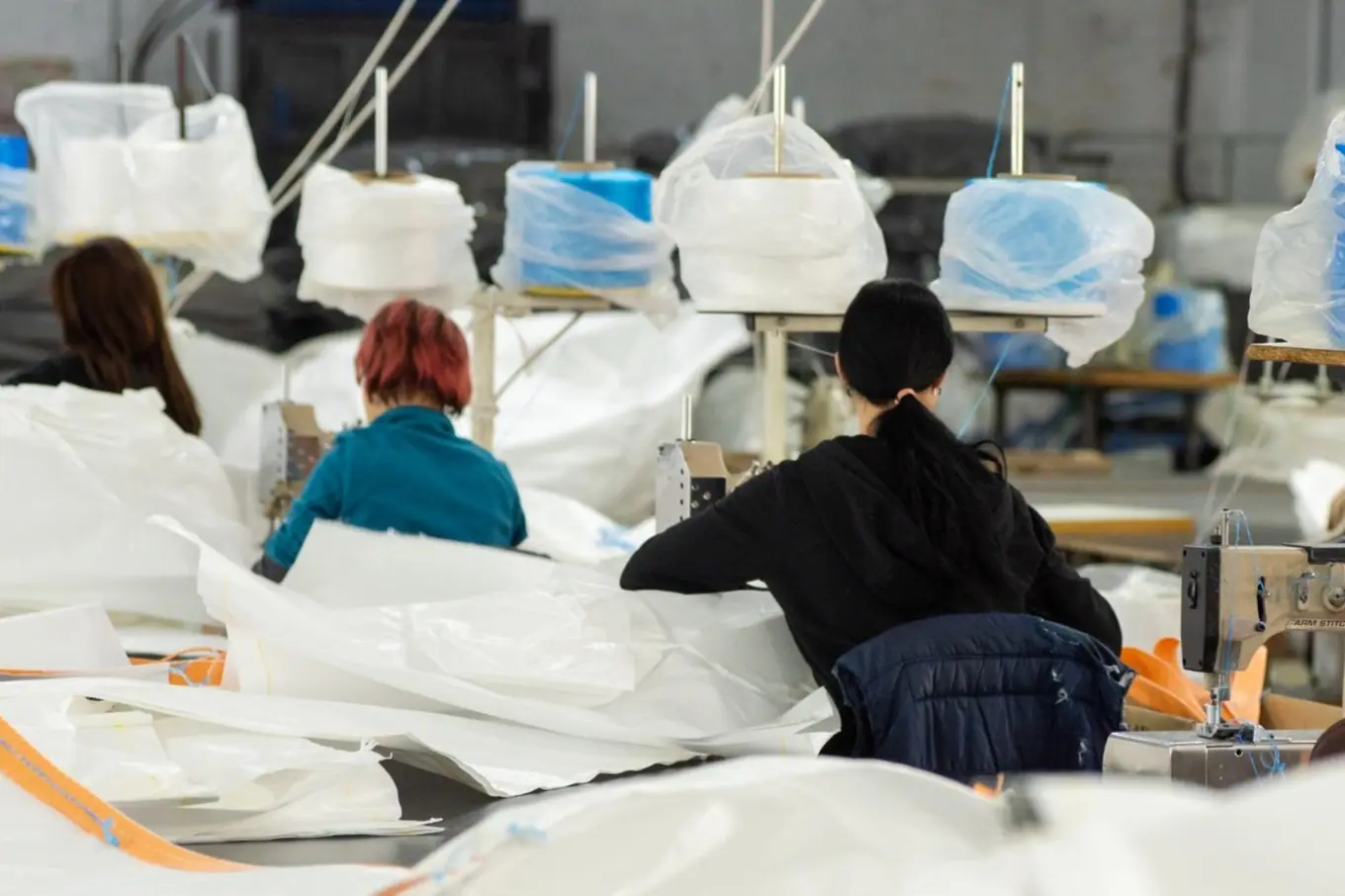
Zwangsarbeit-Verordnung: Das Wichtigste in Kürze
2027 tritt die neue Europäische Verordnung gegen Zwangsarbeit in Kraft und erweitert die CSDDD. Wir fassen für Sie zusammen, was dahintersteckt – und was das für Ihre Lieferkette bedeutet.
Ab dem 14. Dezember 2027 ist der Handel mit Produkten, die unter Zwangsarbeit hergestellt wurden, in der EU verboten. Die Verordnung gilt unabhängig von Unternehmensgröße, Umsatz oder Branche und ergänzt bestehende Sorgfaltspflichten wie LkSG und CSDDD. Lieferkettenmanager sind angehalten, Transparenz in ihren Lieferketten zu schaffen und ihre Sorgfaltspflichten zu erweitern.
Was ist die Zwangsarbeit-Verordnung?
Ende 2024 wurde die „Verordnung über ein Verbot von in Zwangsarbeit hergestellten Produkten auf dem Unionsmarkt“ – oder, kurz und verständlich: die „Zwangsarbeit-Verordnung/Forced Labour Regulation“ – verabschiedet. Sie gilt ab 14.12.2027.
Ziel der neuen Verordnung: Sämtliche Produkte, die unter Zwangsarbeit hergestellt wurden, dürfen in der EU nicht mehr gehandelt werden. Das betrifft Import, Export und das Bereitstellen auf dem Markt.
Ähnlich wie EUDR und CBAM verfolgt die Zwangsarbeit-Verordnung einen produktbasierten Ansatz, gilt also unabhängig von Unternehmensgröße, Umsatz oder Branche. Sobald Waren in Ihrer Lieferkette unter Zwangsarbeit hergestellt wurden, gilt die Verordnung für Sie.
Damit ergänzt die Zwangsarbeit-Verordnung bestehende bzw. kommende menschenrechtliche Sorgfaltspflichten von LkSG und CSDDD.
Was heißt „Zwangsarbeit“?
Die Zwangsarbeit-Verordnung orientiert sich an der Zwangsarbeit-Definition der Internationalen Arbeitsorganisation (ILO):
„Jede Art von Arbeit oder Dienstleistung, die von einer Person unter Androhung irgendeiner Strafe verlangt wird und für die sie sich nicht freiwillig zur Verfügung gestellt hat“
Indikatoren für Zwangsarbeit sind laut ILO:
- Ausnutzung schutzbedürftiger Personen
- Täuschung
- Einschränkung der Bewegungsfreiheit
- Isolation
- Körperliche und sexuelle Gewalt
- Einschüchterung und Drohungen
- Einbehaltung von Ausweisdokumenten
- Vorenthalt von Löhnen
- Schuldknechtschaft
- Missbräuchliche Arbeits- und Lebensbedingungen
- Übermäßige Überstunden
Was bedeutet das für Lieferkettenverantwortliche?
Kurz gesagt: Erweitern Sie Ihre Sorgfaltspflichten-Prozesse und beziehen Sie bei der Risikoanalyse auch die Zwangsarbeits-Kriterien der IAO ein.
Die Forced Labour Regulation richtet sich in erster Instanz an Behörden auf nationaler Ebene und EU-Ebene. Sie sind zur Analyse potenzieller Zwangsarbeitsrisiken verpflichtet und müssen Informationen zu Hochrisiko-Gebieten sowie Unterstützungsangebote bereitstellen (siehe auch: Erläuterung des EU-Rats zum Untersuchungsverfahren). Die EU wird dazu das „EU Forced Labour Single Portal“ einrichten.
Stellen Behörden in diesem Rahmen Zwangsarbeitsrisiken bei Unternehmen fest, werden weitere Untersuchungen eingeleitet.
Um die neue Zwangsarbeit-Verordnung zu erfüllen bzw. zwangsarbeitsfreie Lieferketten nachzuweisen, braucht Ihr Unternehmen also:
- Lieferkettentransparenz – Verschaffen Sie sich einen genauen Überblick über potenziell riskante Produkte, Hersteller und Lieferanten.
- Aktives Supplier Management – Arbeiten Sie gemeinsam mit Ihren Lieferanten daran, Zwangsarbeit in Ihren Lieferketten abzuschaffen. Tipps finden Sie in unserem Beitrag „Best Practices im Supplier Management“.
- Erweiterte Prozesse – Sie können hier auf bestehenden Sorgfaltspflichten-Prozessen aufbauen, die Sie bereits für LkSG, CSDDD und Co. eingerichtet haben. Unterstützung bietet z.B. der ILO Helpdesk for Business on International Labour Standards.
Wie unterscheidet sich die Zwangsarbeit-Verordnung von der CSDDD?
Als Lieferketten-Regulatorik beinhaltet die CSDDD bereits Vorgaben zu Menschenrechten und verpflichtet Unternehmen, menschenrechtliche Risiken in der Lieferkette zu erkennen und abzuschaffen. Wozu braucht es also noch einmal zusätzlich die Forced Labour Regulation?
- Die Zwangsarbeit-Verordnung ist branchenübergreifend und nicht – wie die CSDDD – auf Unternehmen bestimmter Umsatzgrenzen und Mitarbeitendenzahlen beschränkt. Sie hat also einen deutlich größeren Anwendungsbereich.
- Gleichzeitig ist sie deutlich spezifischer: Der Fokus liegt konkret auf Zwangsarbeit statt generell auf Nachhaltigkeit in der Lieferkette.
- Die Zwangsarbeit-Verordnung schließt betroffene Produkte kategorisch vom Handel aus, während die Sanktionen der CSDD „nur“ Bußgelder, Haftungsansprüche und die öffentliche Bekanntmachung der Verstöße umfassen.
Wie hilft mir VERSO bei der Umsetzung der Zwangsarbeit-Verordnung?
VERSO unterstützt den Mittelstand seit 2010 bei der Umsetzung von Nachhaltigkeit – auch in Lieferketten. Mit dem VERSO Supply Chain Hub gewinnen Sie volle Transparenz über Ihre gesamte Lieferkette, können Risiken analysieren, Maßnahmen steuern und Bemühungen dokumentieren.
Kontaktieren Sie uns gern direkt und lassen Sie uns besprechen, wie VERSO Sie konkret beim Aufdecken von Zwangsarbeit in Ihrer Lieferkette unterstützen kann.
* Bei diesen Informationen handelt es sich um redaktionell zusammengefassten Content, der nicht als Rechtsberatung zu verstehen ist. VERSO übernimmt keine Haftung.
Das könnte Sie auch interessieren:
Abonnieren Sie unseren Newsletter!
Tragen Sie sich ein und erhalten Sie regelmäßig Neuigkeiten zu:
- Aktuellen ESG-Themen und Gesetzesänderungen
- Best Practices aus den Bereichen ESG und nachhaltige Lieferketten
- News zu VERSO
- Sustainability Events uvm.
